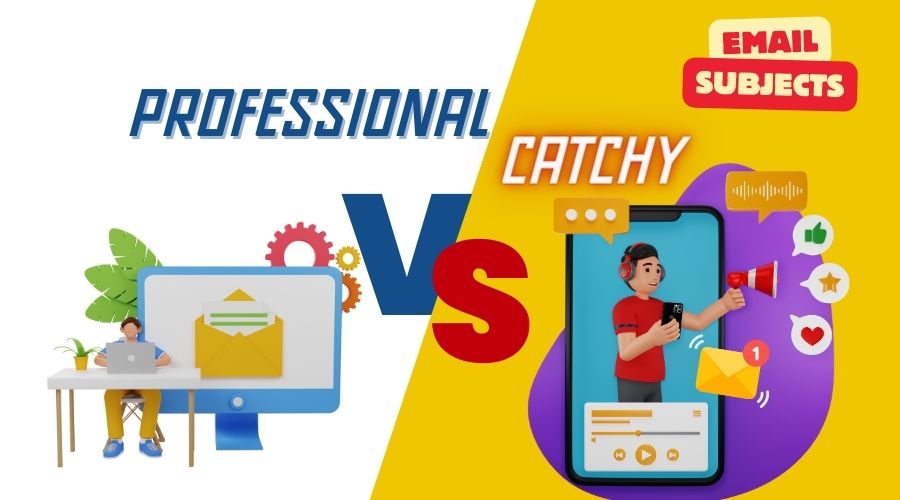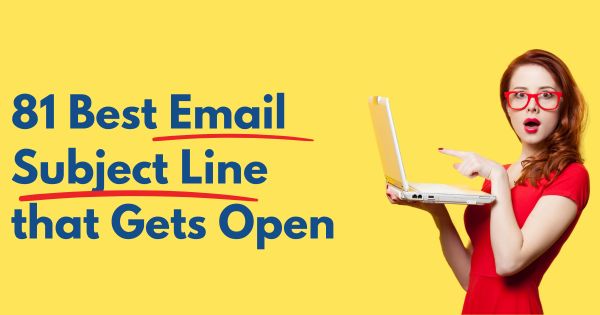70% of sales reps don’t follow up with prospects after no response. (Source)
Are you among those 70%?
Well, you are making the biggest mistake if you are…
I suggest you should be among the other 30% if you really want to succeed in sales.
Do you want to know why?
Here’s Why!
First Things First … Let’s talk about metrics…
Sales Follow Up Email Statistics
- The probability of getting a response from your prospect is 27% with at least 1 follow-up email after no response. (Source)
- On average, only 2% of sales happen during the initial pitch. (Source)
- The 1st follow-up email increases the response rate by nearly 50% (Source)
- One extra follow-up boosts replies by almost 66% (Source)
- 60% of users need at least 4 attempts before they say yes. (Source)
Why is it a Good Idea to Send a Sales Follow-Up Email After No Response?
Aren’t these stats speaking for themselves?
Of Course, they are!
Sending a follow-up email reminds your prospect that they need to make a call if they haven’t already made up their mind or if they’ve missed your previous email.
As it is rightly said, “Persistence is the key to success,” and it applies everywhere, especially in sales, where persistence is extremely important for success.
How Long Should You Wait Before Sending a Sales Follow-Up Email?
- First Follow-Up: Wait for at least 2-3 working days after the initial email. This gives the recipient time to see and consider your first message without feeling pressured.
- Second Follow-Up: If there’s no response, send a second follow-up about 4-7 days after the first follow-up.
- Third Follow-Up: If still there is no response, a third follow-up can be sent 7-14 days after the second one.
PS: Normally, 3 follow-ups would suffice. However, some cases might need more.
How To Draft a Perfect Follow-Up Email To Prospective Clients?
Subject
Be Brief: Keep it short & to the point as people are more likely to open short & precise ones. Also, if they check their emails on mobile, the shorter subjects won’t get truncated.
Mention Something Noteworthy: To capture their attention, try to mention something noteworthy. For instance, if you happen to miss something in the previous email then here’s the chance to remedy that, you can use catchy words such as “Forgot to Mention…”
Ask A Question: You can ask a compelling question to draw their attention, followed by a preview text.
Use Preview Text: Since your subject line is supposed to be short, you should use the preview text, which is a snippet of your email that appears alongside the subject line in the inbox, providing a preview of the email’s content and completing the subject line by adding more context to it.
Create Urgency: If possible, create FOMO on deals in a way that makes them feel that something this special shouldn’t be lost in the inbox & should be acted upon.
Be Specific and Relevant: Mention something specific about your previous interaction or the prospect’s needs. This personalization helps your email stand out in their inbox.
Body
1. Greeting
Use the prospect’s name to make the email feel more direct and personalized. Avoid generic greetings like “Dear Customer.
2. Opening Line
Begin by mentioning your last email & then politely remind them that they didn’t respond.
3. Value Addition
This email shouldn’t be a replica of the last email, instead, it should add more value to the last email.
Just like A/B Testing, if plan A didn’t work, then this would be your Plan B; make sure you’re utilizing this opportunity to its fullest.
4. Include a Success Story or Proof
Use testimonials, case studies, or statistics to back up your claims. Real-world examples show that others have successfully benefited from your product or service.
Choose examples that the prospect can relate to, ideally from a similar industry or with similar needs.
5. Closing Line
Express Enthusiasm: End on a positive note that conveys your eagerness to work with them. A friendly, upbeat tone can leave a good final impression.
Reiterate Your Availability: Offer your willingness to answer any further questions or discuss details, keeping the conversation open.
6. Signature
Be Professional: Include your full name, job title, company name, and contact information. This makes it easy for the prospect to know who you are and how to reach you.
Include Social Proof: If applicable, add a link to your LinkedIn profile or a company webpage, so prospects can learn more about you or your company.
CTA
Be Clear and Direct: Tell the prospect exactly what you want them to do next, whether it’s scheduling a call, signing up for a demo, or replying to the email.
Make it Easy: Provide all necessary details or links to make it simple for the prospect to take the next step.
Follow Up Email Sample Template
Subject: Forgot to Mention: A Quick Update on [Service/Product]
Preview Text: Did you have a chance to review my last email? I wanted to share a quick success story that might interest you.
Hi [First Name],
I hope this email finds you well! I wanted to follow up on my last email regarding how we can help [specific benefit or solution].
I understand you might be busy, so I wanted to provide you with a bit more information that could be valuable for you. One of our clients in a similar industry recently achieved [specific result or success metric] using our [service/product]. It’s been a game-changer for their business, and I believe it could be for yours as well.
If you have any questions or need further clarification on how we can tailor our solutions to your specific needs, please feel free to reach out. I’m more than happy to hop on a quick call to discuss this further.
Looking forward to hearing from you soon!
Best regards,
[Your Name]
[Your Title]
[Your Company]
[Your Phone Number]
[Your LinkedIn Profile or Company Webpage]
Related: 15 Sales Pitch Email Templates for Higher Conversions




